Renewable energy provider Drax says it could provide a raft of accommodation which has social housing potential for the area around Ben Cruachan near Loch Awe should it secure planning consent from Holyrood for its £500m “Hollow Mountain” expansion plans.
The power giant submitted its application today for consent, which also requires UK government market support, to build a new underground pumped storage hydro power station which would more than double electricity-generating capacity at the Cruachan facility to around one gigawatt (GW).
To put that into perspective as everyone in the UK returns home from work this evening and fires up ovens and hot water, gigawatt demand will peak at 35GW with the number soaring to 55GW in winter showing the urgent need for energy independent from external political forces.
WATCH: Cruachan 2 could provide a crucial uptick in UK renewable energy
Work to build the new pumped storage hydro power station could start in 2024 with power to the grid being supplied in 2030. A decision on the application is expected “by this summer.”
New plant would be first in more than 40 years
The development – providing a serious boost to the Argyll economy – would be the first newly-built plant of its kind in the UK in more than 40 years and will provide storage capacity in a bid to reduce energy imports at a time when the issue has shot centre stage with the war in Ukraine sending prices rocketing.
Given the highly-automated nature of modern power plants, it is unlikely large numbers of permanent new jobs will be created, but the massive infrastructure project’s need for more than 1,000 staff during six years of construction will trigger huge housing demand in a remote area where this is not readily available.
Workers across the supply chain in a range of industries from quarrying and engineering to transport and hospitality will need to be housed and Drax is proposing its own self-funded solution.
Housing at a premium
“We are working with a landowner about securing a compound for some of the workers,” Drax Scottish assets director Ian Kinnaird told the Press and Journal. “But housing in the area is very much at a premium so part of what we are looking to do is potentially construct additional housing.
“That could well become social housing for the local community and the council to use as they see fit. We would fund that as part of the project.
“There is just not enough capacity in the local area hence why we are looking at alternatives. This is unique because of the remoteness.”
Two million tons of rock excavated
The plant will be housed within a new, hollowed-out cavern which would be large enough to fit Big Ben on its side, while more than two million tons of rock will need to be excavated to create the cavern, tunnels and other parts of the power station.
One idea being mooted is to transport the colossal amount of rock to quarries which provide rubble and cement for wind farms with Drax insisting it has the local community on its side.
“We have had three public consultations with the local community with 99% very positive” added Mr Kinnaird. “It has an association with the existing Cruachan plant.
“There are issues we need to very sensitively manage – road impact and getting the rock out – (but) the community sees the investment we are bringing to the economy.”
Apprentice focus
Despite the low number of new vacancies generated by the plant being only around 10 due to the huge automation, Drax is nonetheless keen to stress its local recruitment push.
“We have been investing in the future by bringing local apprentices through,” added Mr Kinnaird. “We have three coming through the development programme at Cruachan and are recruiting a fourth as well as trying to recruit a graduate apprentice.”
Cruachan timeline
Sir Edward McColl, a Dumbarton-born engineer and pioneer of hydro power in Scotland came up with the idea for Cruachan Power Station in the 1930s with wartime Secretary of State for Scotland, Tom Johnston advocating it in 1947.
During the six years of construction, there was a workforce of 1,300 men known as the Tunnel Tigers.
Cruachan Power Station was opened by the Queen on October 15, 1965 with full capacity reached in 1967.
What is pumped storage hydro?
Pumped storage hydro (PSH) is a large-scale method of storing energy that can be converted into hydroelectric power. The long-duration storage technology has been used for more than half a century to balance demand on the UK’s electricity grid and accounts for more than 99% of bulk energy storage capacity worldwide
Pumped storage facilities have two water reservoirs at different elevations on a steep slope. When there is excess power on the grid and demand for electricity is low, the power is used to pump water from the lower to the upper reservoir using reversible turbines.
When demand is high, the water is released downhill into the lower reservoir, driving the turbines the other direction to generate electricity.
Pumped storage hydro plants can also provide ancillary services to help balance the power system, such as inertia from spinning turbines, which ensures the system runs at the right frequency and reduces the risk of power cuts.
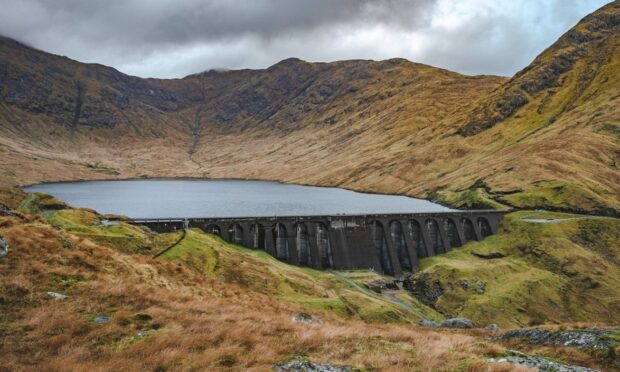
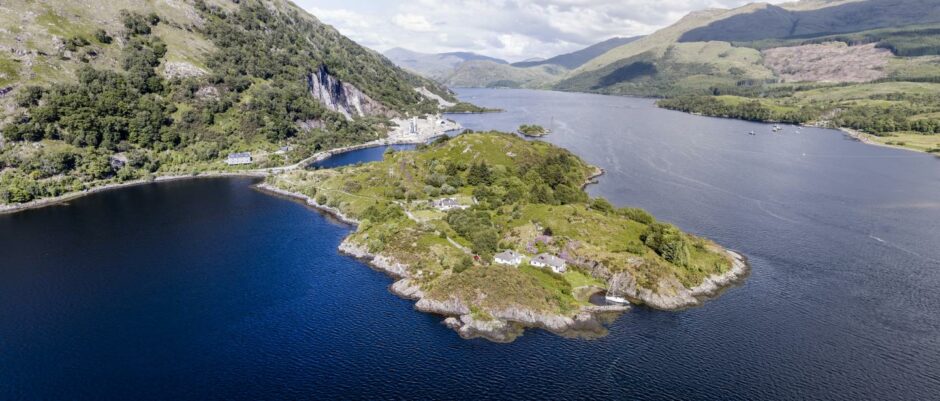
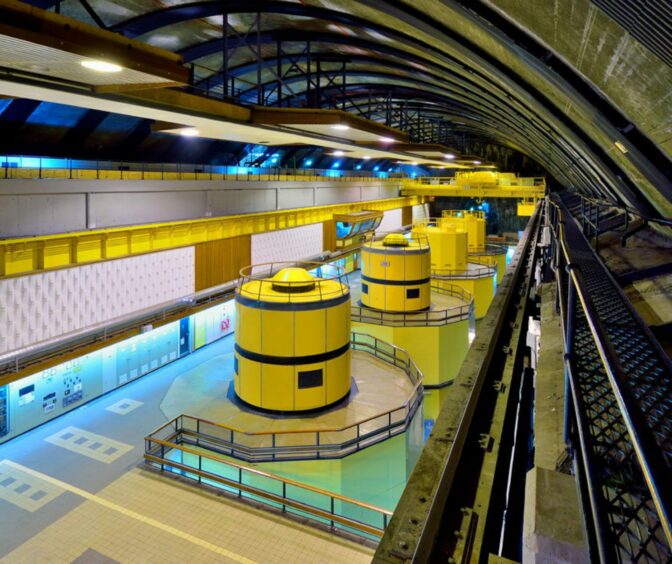
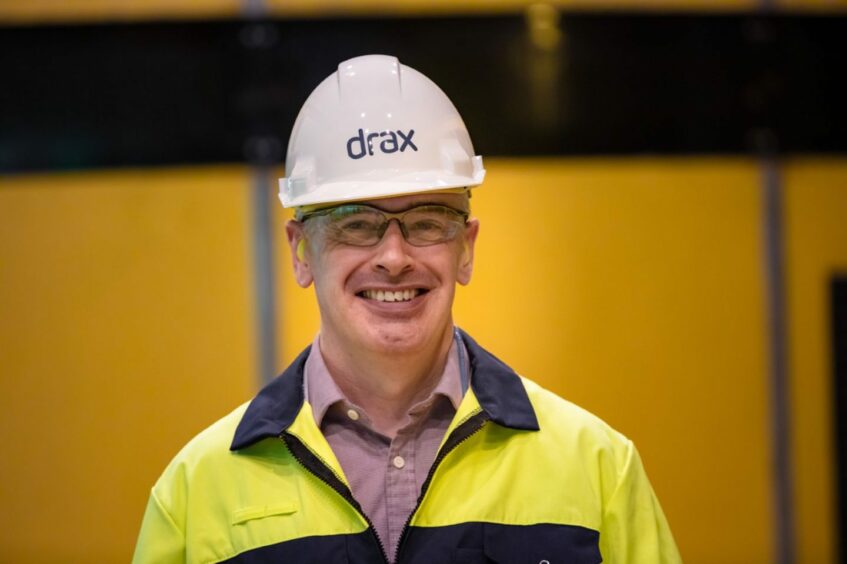
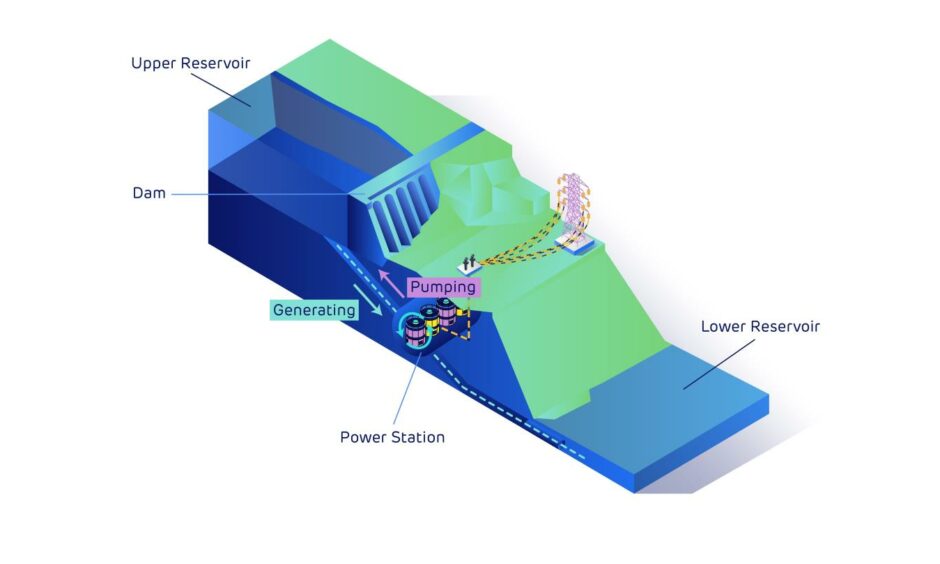
Conversation